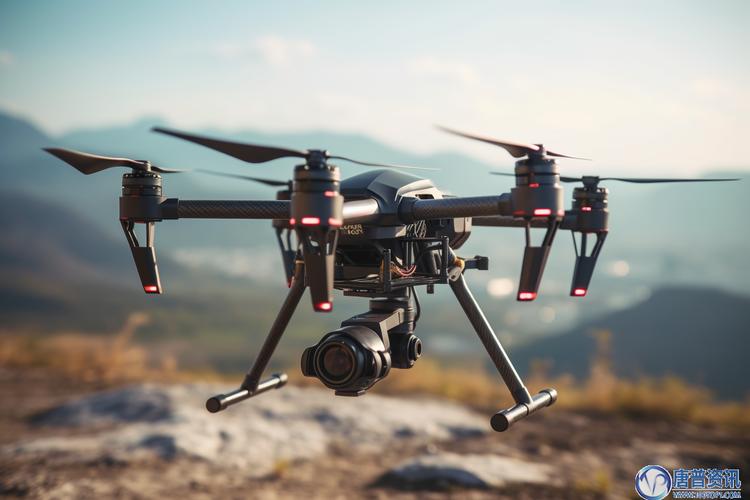In recent years, the art of capturing stunning visuals using drones has grown, with “drone at night” becoming a focal point for photographers seeking extraordinary images. Photographing landscapes from a bird’s eye view has added depth to the storytelling of our world at night. Discover the magic behind the lens as we delve into how night drones illuminate our nights with unparalleled beauty.
The Appeal of Night Drone Photography
The Technical Aspects of Drone Photography at Night
While photographing with drones during daytime is relatively straightforward, capturing high-quality images or videos at night presents a unique set of challenges. One has to pay close attention to the drone’s camera settings, including ISO, shutter speed, and aperture. Modern drones come equipped with advanced sensors and stabilization technologies that help mitigate the hurdles of low-light conditions. Utilizing external lighting attachments can further enhance the quality of night images, allowing for the capture of details that would otherwise remain hidden in the dark.
The ideal drone for night photography should possess excellent low-light capabilities, a fast lens, and a robust stabilization system.

Choosing Your Location
Finding the perfect spot for night drone photography can greatly impact the aesthetic of your photos. Urban areas with abundant artificial lighting present exciting opportunities, providing colorful reflections and patterns that create stunning visual effects. Remote locations, on the other hand, offer clarity of the starry sky and smooth silhouettes untouched by the bustle of city lights. It’s crucial to consider legal restrictions and ensure you abide by all regional drone regulations, especially those concerning flight times and designated areas for night flying.
- Create shots with movement, emphasizing contrasts between light and dark.
- Experiment with different settings to find the optimal exposure level.
- Utilize post-processing tools to enhance your images further.
Understanding Safety and Regulations
Drone pilots should prioritize safety, particularly during nighttime operations. Visibility is significantly reduced, which means keeping a close eye on altitude and surroundings is essential. Checking local regulations before flying is not only a matter of legality; it is a crucial aspect of ensuring a safe and respectful photography session. Each region may have specific ordinances, and it’s often recommended to maintain a clear line of sight with your drone during night operations.
Common Techniques for Artists
One effective technique for night drone photography is long exposure, which allows drones to capture stunning images of moving lights, such as passing cars or flowing rivers. Photos taken with extended exposure times can reveal textures and patterns that are invisible to the naked eye. Another popular method is high-dynamic-range (HDR) imaging, which involves shooting multiple frames at different exposures and combining them to achieve a balanced composition with vivid details. When done right, these techniques can turn mundane scenes into ethereal works of art.
FAQs
- What equipment do I need for drone photography at night?
- A good drone suited for low-light conditions, understanding of camera settings, and possible external lights will boost your night photography endeavors.
- Is night drone photography legal everywhere?
- While many places permit it, always check regional laws to ensure compliance with flight rules and regulations.
- Do drones have specific features for night photography?
- Some drones come equipped with enhanced sensors and stabilization systems to facilitate capturing high-quality nighttime visual content.
